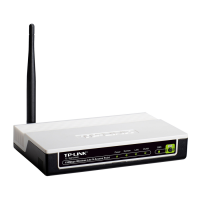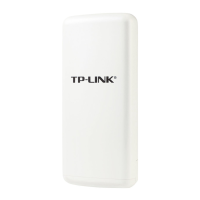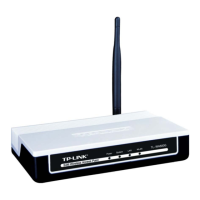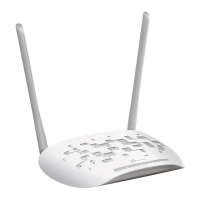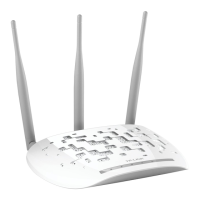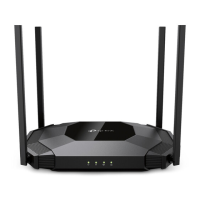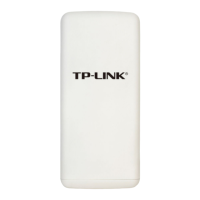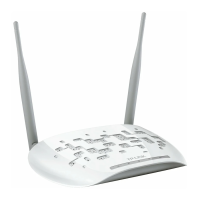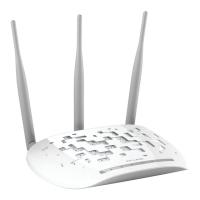TL-WA7510N 5GHz 150Mbps Outdoor Wireless Access Point User Guide
124
to the protocol. SPI Firewall is enabled by factory default. If you want all the computers on
the LAN exposed to the outside world, you can disable it.
¾ VPN - VPN Passthrough must be enabled if you want to allow VPN tunnels using VPN
protocols to pass through the Device.
z PPTP Passthrough - PPTP (Point-to-Point Tunneling Protocol) allows the Point-to-Point
Protocol (PPP) to be tunneled through an IP network. To allow PPTP tunnels to pass
through the Device, click Enable.
z L2TP Passthrough - L2TP (Layer Two Tunneling Protocol) is the method used to enable
Point-to-Point sessions via the Internet on the Layer Two level. To allow L2TP tunnels to
pass through the Device, click Enable.
z IPSec Passthrough - IPSec (Internet Protocol security) is a suite of protocols for
ensuring private, secure communications over IP (Internet Protocol) networks, through
the use of cryptographic security services. To allow IPSec tunnels to pass through the
Device, click Enable.
¾ ALG - It is recommended to enable Application Layer Gateway (ALG) because ALG allows
customized Network Address Translation (NAT) traversal filters to be plugged into the
gateway to support address and port translation for certain application layer "control/data"
protocols such as FTP, TFTP, H323 etc.
z FTP ALG - To allow FTP clients and servers to transfer data across NAT, click Enable.
z TFTP ALG - To allow TFTP clients and servers to transfer data across NAT, click Enable.
z H323 ALG - To allow Microsoft NetMeeting clients to communicate across NAT, click
Enable.
Click the Save button to save your settings.
5.10.2 Advanced Security
Choose menu “Security > Advanced Security”, and then you can protect the Device from being
attacked by ICMP-Flood, UDP Flood and TCP-SYN Flood in the screen as shown in Figure 5-53.
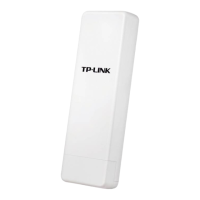
